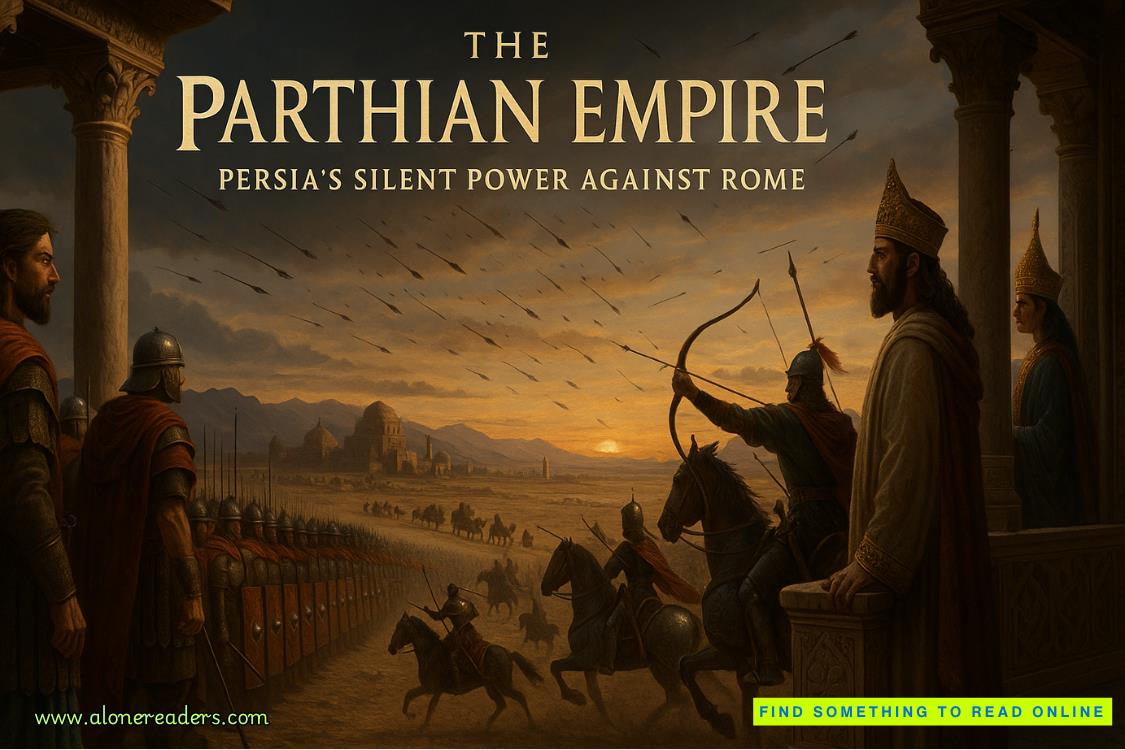Page 29 of C is for Corpse (Kinsey Millhone 3)
I waited while he took care of a few details and signed out, telling Marcy where he'd be.
I followed him to the freeway in my car, heading toward. the former county hospital. The complex was visible from the highway: a sprawling labyrinth of yellowing stucco and red tile roofs that had turned nearly rust-brown with age. We passed it, took the next off-ramp, and circled back along Frontage Road, turning left into the main driveway.
County General had once been a flourishing medical facility, designed to serve the entire Santa Teresa community. It was secondarily earmarked as the treatment center for the indigent, funded through various social-service agencies. As the years passed, it came to be associated with the underprivileged: welfare recipients, illegal aliens, and all the unfortunate victims of Saturday-night crime sprees. Gradually, County General was shunned by both the middle class and the well-to-do. Once MediCal and Medicare came into effect, even the poor opted for St. Terry's and other local private hospitals, turning this place into a ghost town.
There was a sprinkling of cars in the parking lot. Temporary wooden signs shaped like arrows directed the visitor to Medical Records, nursing offices, Radiology, the morgue, and departments representing obscure branches of medicine.
Dr. Fraker parked his car and I pulled into the slot next to his. He got out, locked up, and waited while I did the same. A modest attempt was being made to maintain the grounds, but the driveway itself was cracked, coarse weeds beginning to sprout through the asphalt. The two of us headed toward the main entrance without saying much. He seemed to take the place for granted, but I found it all vaguely unsettling. The architecture was, of coarse, of the usual Spanish styling: wide porches along the front, deeply recessed windows faced with wrought-iron bars.
We went in, pausing in a spacious lobby. It was clear that over the years some attempt had been made to "modernize" the place. Fluorescent lighting was now tucked up against the high ceilings, throwing down illumination too diffuse to satisfy. Once-grand anterooms had been partitioned off. Counters had been built across two of the interior arches but there was no furniture in the reception area and no one awaiting admission. The very air was permeated with the smell of abandonment and neglect. From the far end of the dim hallway to our right, I could hear a typewriter clacking, but it sounded like an old manual, operated by an amateur. There was no other indication of occupancy.
Dr. Fraker gave me a perfunctory tour. According to him, Bobby had made the round-trip as needed between this place and St. Terry's, picking up inactive files for patients readmitted to the hospital after an interval of years, hand-delivering X rays and autopsy reports. Old charts were automatically retired to the storage facilities out here. Of course, most data was kept on computer now, but there was still a backlog of paper that had to be warehoused somewhere. Bobby apparently also did some moonlighting out here, taking the graveyard shift for morgue attendants who were out sick or on vacation. Dr. Fraker indicated that this was largely a babysitting function, but that Bobby had put in a considerable number of hours during the two months he was on the job.
We were on our way downstairs by then, descending a wide staircase of red Spanish tile, our footsteps resounding at a hollow, mismatched pace. Because the hospital is constructed against a hillside, the rear of the building is below ground, while the front portion looks out onto paths partially overgrown with shrubs. It was darker down here, as though the utilities had been cut back for the sake of economy. The temperature was cool and the air was scented with formaldehyde, that acrid deodorant for the deceased. An arrow on the wall pointed us to Autopsy. I began to armor myself against the images my senses were conjuring up.
Dr. Fraker opened the door with its frosted-glass panel. I didn't actually hesitate before entering, but I did do a quick visual scan to assure myself that we weren't interrupting some guy with a boning knife filleting a corpse. Dr. Fraker seemed to sense my apprehension and he touched at my elbow briefly.
"There's nothing scheduled," he said and led the way.
I smiled uneasily and followed. At first glance, the place seemed deserted. I noted walls of apple-green ceramic tile, long stainless-steel counters with lots of drawer space. This was like a high-tech kitchen in a decorator magazine, complete with a stainless-steel island in the middle that sported its own wide sink, tall crook-necked faucets, a hanging scale, and drainboard. I felt my mouth set in distaste. I knew what was prepared here and it wasn't food.
A swinging door on the far side of the room was pushed open and a young man in surgical greens backed in, pulling a gurney after him. The body on the cart was wrapped in a dense, tawny plastic that obscured age and sex. A toe tag was visible and I could see a portion of the dark head, blank face swaddled in plastic like a mummy's. It reminded me vaguely of the caution spelled out now on dry cleaners' bags: "WARNING: To avoid danger of suffocation, keep away from babies and children. Do not use in cribs, beds, carriages, or playpens. This bag is not a toy." I averted my gaze, taking in a deep breath then just to prove I could.











